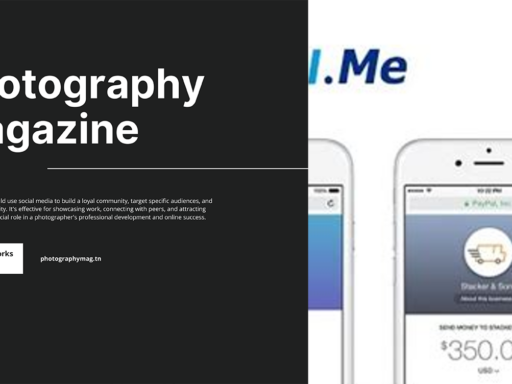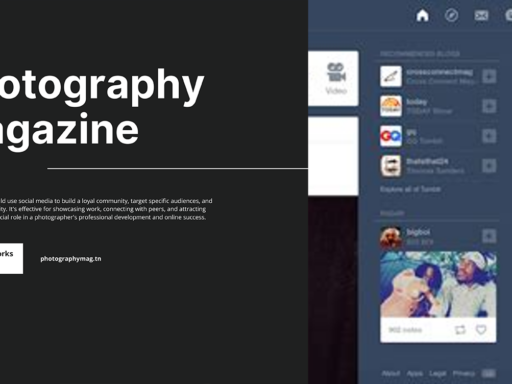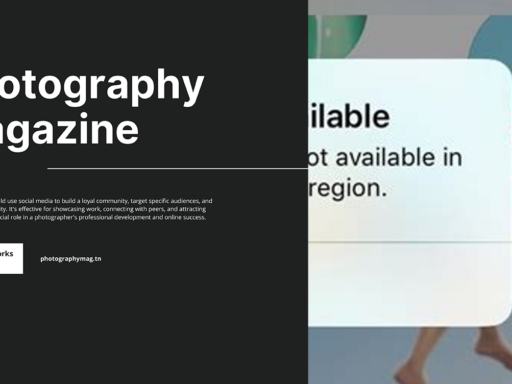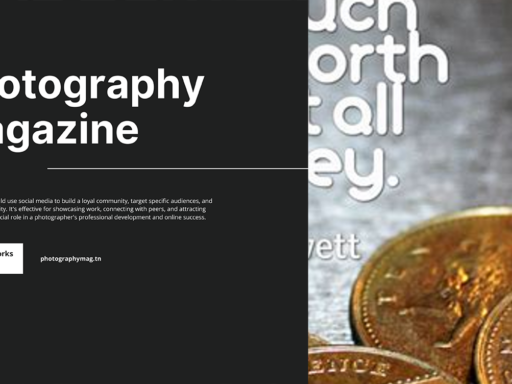Ah, Tumblr! The quirky little corner of the internet that feels like a cozy attic bursting with nostalgia, memes, and an astounding array of cat GIFs. But what was it that sent this platform skyrocketing into the hearts and minds of users back in the day? Let’s unravel the thread of its popularity.
Back in the early 2010s, Tumblr arrived as a microphone for the creative voices bubbling just below the surface of mainstream social media. Everyone and their grandmother were hopping onto platforms like Facebook and Twitter, screaming into a void filled with family updates, political rants, and endless baby photos. Enter Tumblr—a place that combined the best of both worlds, allowing users to share quick snippets of text and eye-popping visuals, all while keeping a sense of community that felt, dare I say, cooler?
The mobile revolution played a crucial role in Tumblr’s rise. As smartphones became omnipresent, people realized they could whip out their phone, snap a quick pic, and boom—post that beauty directly on Tumblr. No more fiddling around with complicated desktop layouts to get your artistic vision out there. Sharon Butler, a thoughtful painter with an art blog named Two Coats of Paint, nailed it when she said, “You could have more text than on Twitter, but it was a cooler community than Facebook.” Yes, sweet summer child, that’s exactly what Tumblr offered: a blend of multimedia capabilities plus a thriving network of fellow creatives itching to share their wildest thoughts and artistic expressions.
But it wasn’t all just the convenience of fast and easy posting. Tumblr fostered this exhilarating blend of fandom culture, artistic expression, and a sort of chaotic beauty that captured attention. From fan art to memes to deep, poetic reflections on the essence of life, the platform transformed into a digital playground for those who thrived in the margins of mainstream culture. Thanks to its unique tagging system, anyone could stumble onto a treasure trove of content, reigniting their spark of creativity or fandom obsession.
Then there’s the really juicy stuff: the distinct subcultures that sprung up. You had your ‘aesthetic’ blogs, pun-heavy humor pages, ‘dark academia’ vibes, and an unending list of fandom tangents that made the platform feel like an unregulated bazaar of self-expression. Participants were free to tread the lines of irony, sarcasm, and pure silliness without fear of judgment. Such freedom drew in everyone from artists and writers to cosplayers and TikTokkers long before TikTok existed. It’s the Wild West of social media, folks, and who wouldn’t want to join a festively chaotic arena like that?
In an era plagued by overly sterile, corporate branding, Tumblr’s charm lay in its unfettered creativity. Users could take pride in sharing not just polished work but also raw snippets of their daily lives, memes fashioned from puns only a tomcat could appreciate, or existential musings a la Shakespeare meets teenage angst. By combining ease of use, rich community engagement, and personalized expression, Tumblr became a roaring success.
So, there you have it! It’s a blend of timing, technology, and cultural vibrancy that made Tumblr the beloved hub it became — and continues to be — for those who dare to be a little different. And let’s be honest, in a world craving authenticity, a sprinkle of quirky humor goes a long way!





